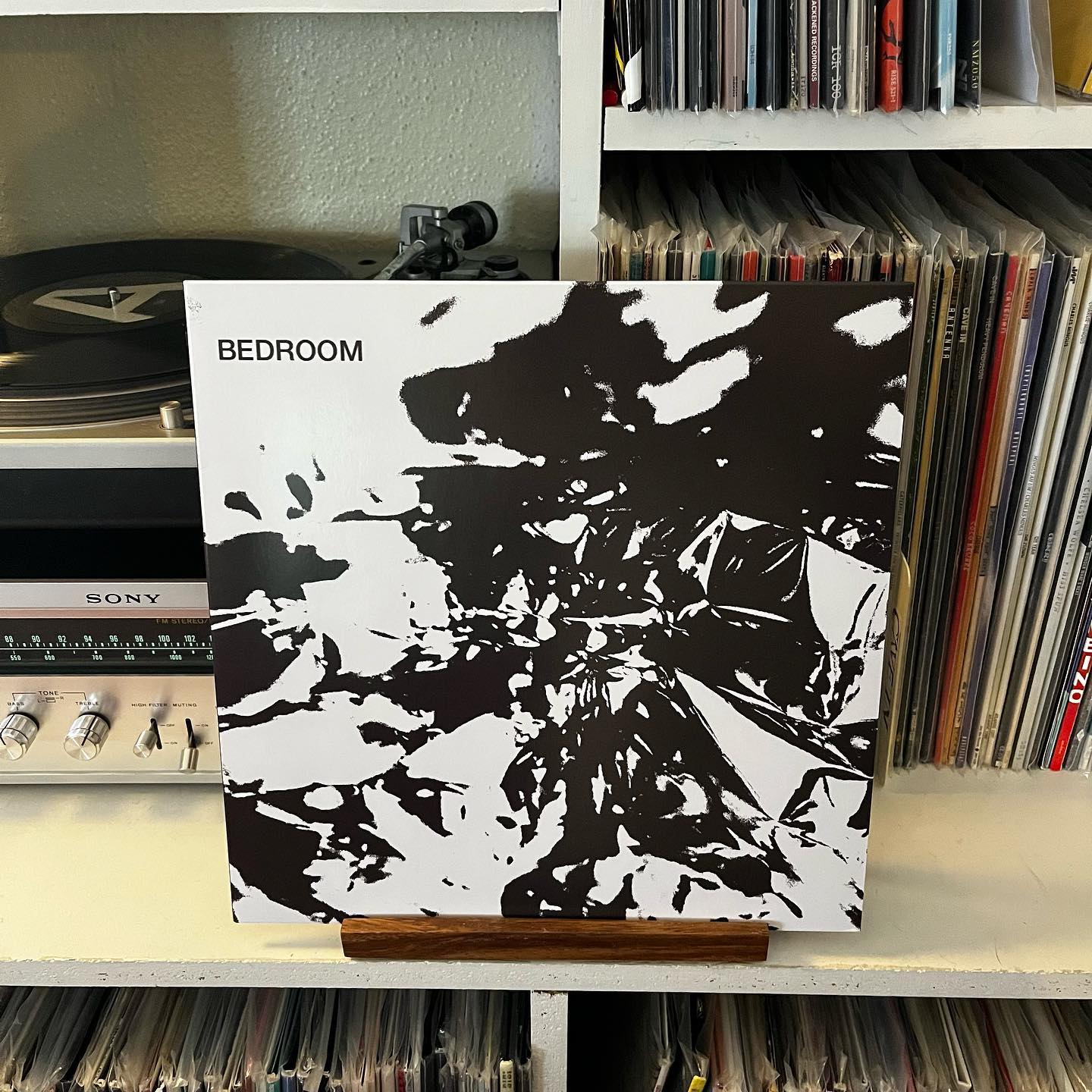
As I’ve mentioned before, I’ve picked up a worrying habit in the last couple years: I’ve been sleep-record-shopping. I will often wake up to order confirmation emails for records I don’t remember buying. I’m now pretty sure it’s a side effect of my new ADHD meds, but it hasn’t been enough of a problem for me to want to do something. It’s like a little gift from myself, and even my subconscious self is aware enough to keep to a certain budget.
Well, usually anyway. I got some money for Christmas that Sleepytime Nat has decided should be used to splurge, and he bought two pretty pricey records—that I’ve never listened to, mind you—in the last couple weeks that have raised my eyebrow.
The real problem is though…it’d be a lot harder to be mad at him if he didn’t have such great taste. One record was Loss, by the excellent British post-metal band Pijn, and the other was this: Common Era by Belong.
Belong was, by all metrics, an ambient drone band. They had released a number of largely formless texture experiments a lá Brian Eno that were well received. Then, after a three year absence, they released a shoegaze record, complete vocals and pulsing drum machines. However, the songs aren’t too much more coherent than their other work.

 If I may allow
If I may allow 





